
San Marco: The Cultural Heart of Florence
Explore San Marco in Florence: A blend of Renaissance art, vibrant student life, and culinary delights in the heart of Tuscany.
San Marco, nestled in the heart of Florence, is a treasure trove of art, culture, and history. This vibrant neighbourhood offers a unique glimpse into the Renaissance era, with its well-preserved architecture and iconic landmarks. The area is home to the San Marco Museum, a former monastery that houses works by the renowned painter Fra Angelico. Visitors can wander through the serene cloisters and admire the frescoes that adorn the walls, providing a peaceful retreat from the bustling city. San Marco is also a hub for academic life, with the University of Florence nearby. The presence of students adds a youthful and energetic vibe to the area, making it a lively spot for cafes, bookstores, and cultural events. The Piazza San Marco, the neighbourhood's central square, is a perfect place to relax and people-watch, surrounded by historical buildings and local shops. Food lovers will delight in the array of traditional Tuscan restaurants offering delicious local cuisine. From rustic trattorias to elegant dining establishments, San Marco provides a culinary journey through Florence's rich gastronomic heritage. Don't miss the chance to sample regional wines and freshly made pasta, which are staples of the Tuscan diet.
Local tips in San Marco
- Visit early in the morning to avoid crowds at the San Marco Museum.
- Take a leisurely stroll through the nearby Giardino dei Semplici, a beautiful botanical garden.
- Try the local gelato from one of the neighbourhood's artisanal gelaterias.
- Check the schedule for cultural events and student performances at the University of Florence.
- Wear comfortable shoes as the neighbourhood is best explored on foot.
San Marco: The Cultural Heart of Florence
San Marco, nestled in the heart of Florence, is a treasure trove of art, culture, and history. This vibrant neighbourhood offers a unique glimpse into the Renaissance era, with its well-preserved architecture and iconic landmarks. The area is home to the San Marco Museum, a former monastery that houses works by the renowned painter Fra Angelico. Visitors can wander through the serene cloisters and admire the frescoes that adorn the walls, providing a peaceful retreat from the bustling city. San Marco is also a hub for academic life, with the University of Florence nearby. The presence of students adds a youthful and energetic vibe to the area, making it a lively spot for cafes, bookstores, and cultural events. The Piazza San Marco, the neighbourhood's central square, is a perfect place to relax and people-watch, surrounded by historical buildings and local shops. Food lovers will delight in the array of traditional Tuscan restaurants offering delicious local cuisine. From rustic trattorias to elegant dining establishments, San Marco provides a culinary journey through Florence's rich gastronomic heritage. Don't miss the chance to sample regional wines and freshly made pasta, which are staples of the Tuscan diet.
Iconic landmarks you can’t miss
Piazza del Duomo
Explore Piazza del Duomo in Florence, a historic plaza featuring stunning architecture, vibrant atmosphere, and rich cultural experiences.
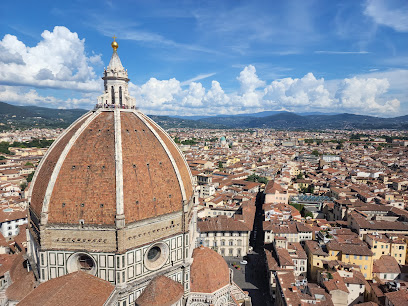
Cathedral of Santa Maria del Fiore
Discover the breathtaking Cathedral of Santa Maria del Fiore, an architectural marvel and Florence's iconic landmark showcasing art and history.

Basilica of Santa Croce in Florence
Explore the Basilica of Santa Croce: A Gothic masterpiece in Florence, home to art, history, and the tombs of great Italian figures.
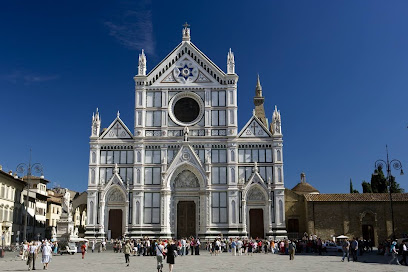
Opera del Duomo Museum
Explore the Opera del Duomo Museum in Florence, a captivating journey through Renaissance art and history, showcasing masterpieces of the iconic cathedral.

Campanile di Giotto
Discover the breathtaking views and Gothic splendor of Campanile di Giotto, a must-see landmark in the heart of Florence's historic center.

Giotto's Bell Tower
Experience the breathtaking views and intricate artistry of Giotto's Bell Tower, a quintessential landmark in Florence's historic skyline.
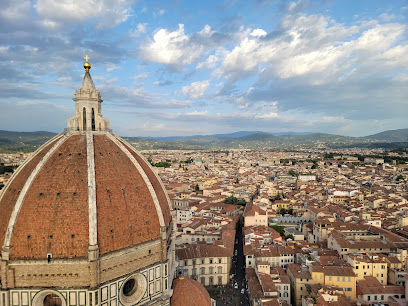
Piazza San Marco
Experience the charm of Piazza San Marco, a historic landmark in Florence, where art, culture, and vibrant Italian life converge beautifully.

San Marco Museum
Explore the San Marco Museum in Florence, where Renaissance art meets tranquil beauty, creating an enriching experience for every visitor.
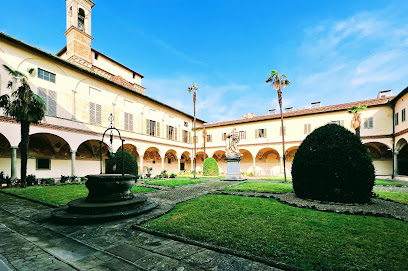
Porta di San Frediano
Explore Porta di San Frediano, a historic gateway in Florence, where ancient architecture meets vibrant local life in a captivating atmosphere.
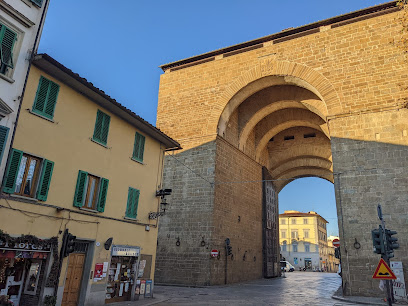
Basilica di San Marco
Discover the serene beauty of Basilica di San Marco in Florence, a stunning example of Renaissance architecture and rich cultural heritage.
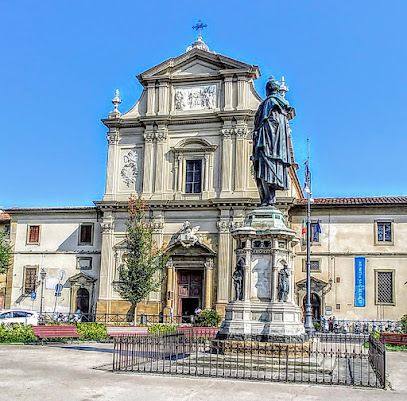
Monumento a Manfredo Fanti
Discover the Monumento a Manfredo Fanti in Florence, a historical landmark celebrating Italian valor and artistry in the heart of the city.
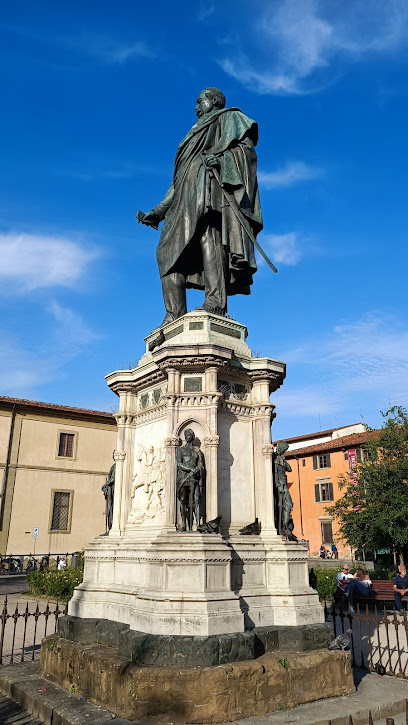
Piazza Ognissanti
Discover the serene beauty and rich history of Piazza Ognissanti, a must-visit historical landmark in the heart of Florence, Italy.
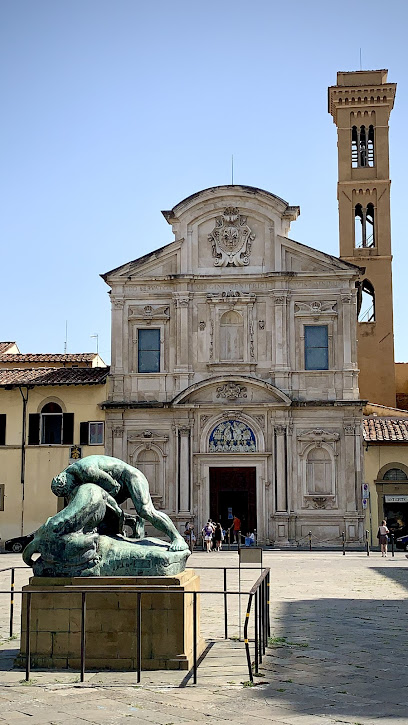
Unmissable attractions to see
Cathedral of Santa Maria del Fiore
Explore the Cathedral of Santa Maria del Fiore in Florence, a breathtaking Gothic masterpiece with stunning artwork and panoramic city views.
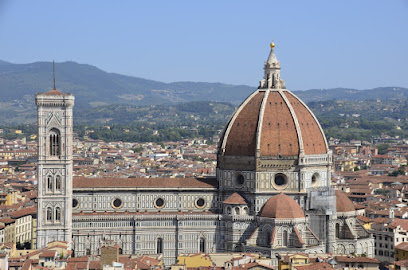
Basilica of Santa Croce in Florence
Discover the Basilica of Santa Croce in Florence, a Gothic masterpiece housing the tombs of Michelangelo and other Italian legends amidst breathtaking art.
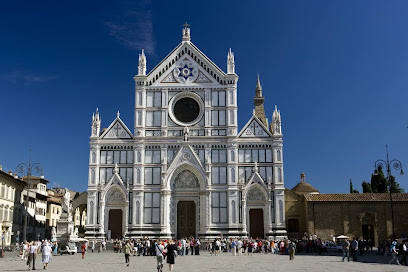
Campanile di Giotto
Explore the iconic Campanile di Giotto in Florence, a masterpiece of Gothic architecture with breathtaking views of the Renaissance city.
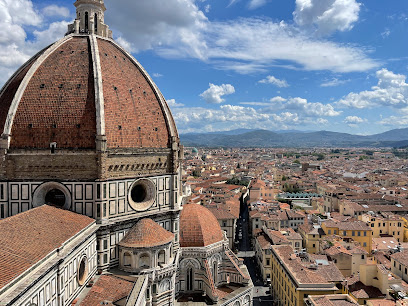
Piazza San Marco
Explore Piazza San Marco, a stunning historical landmark in Florence, Italy, rich in architectural beauty and cultural heritage.

San Marco Museum
Explore the serene beauty and artistic legacy of the San Marco Museum in Florence, showcasing the masterpieces of the Renaissance.
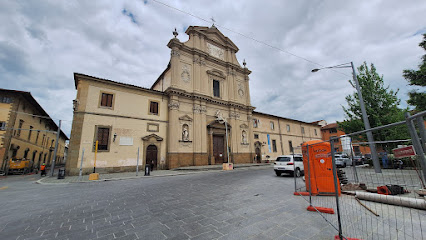
Piazza della Santissima Annunziata
Explore the architectural beauty and vibrant atmosphere of Piazza della Santissima Annunziata, a historic square in the heart of Florence, Italy.
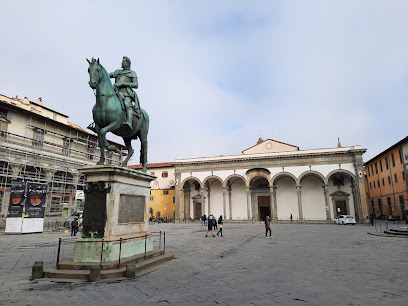
The SS. Annunziata di Firenze
Discover the tranquil beauty of the SS. Annunziata di Firenze, a stunning Catholic church blending spirituality with Renaissance art in Florence.
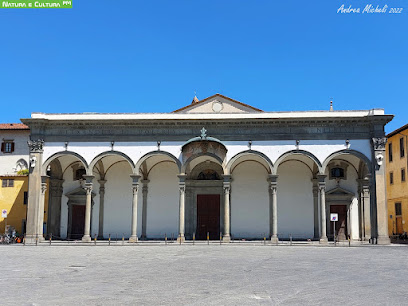
Opificio delle Pietre Dure
Explore the Opificio delle Pietre Dure, Florence's premier art museum and restoration center, where history and artistry converge in stunning displays.
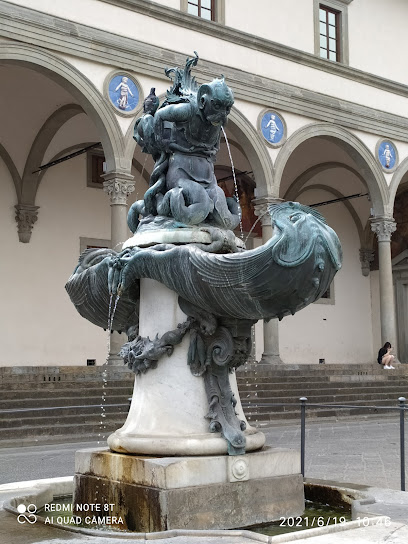
Basilica di San Marco
Explore the Basilica di San Marco in Florence, a stunning Catholic church blending art, history, and spirituality in the heart of the Renaissance.
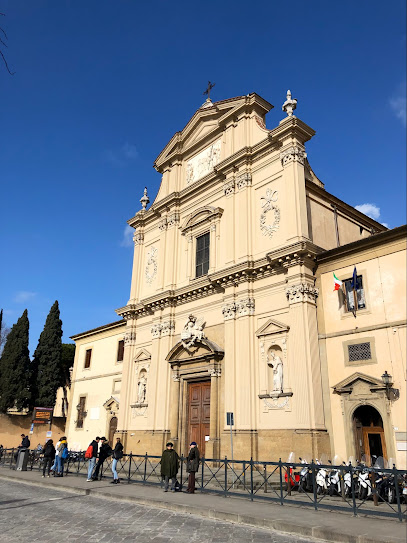
Monumento a Manfredo Fanti
Explore the rich history and artistic beauty of Florence at the Monumento a Manfredo Fanti, a tribute to Italian valor in the heart of the city.
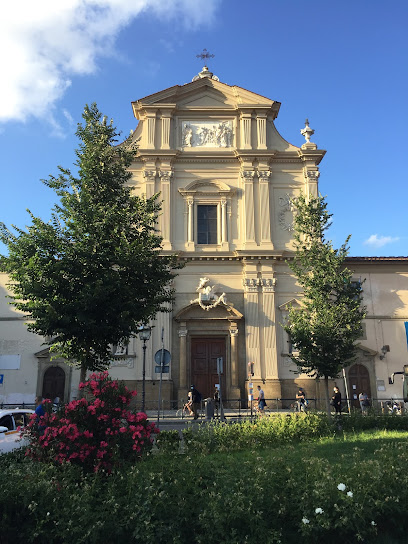
Giardino di Palazzo Medici Riccardi
Explore the serene Giardino di Palazzo Medici Riccardi, a beautiful garden in Florence, blending nature with Renaissance artistry and rich history.
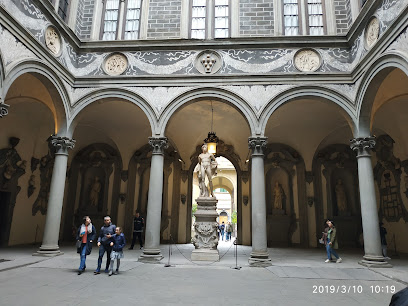
Antoine - Visite Florence
Experience the heart of Florence at Antoine - Visite Florence, a captivating tourist attraction rich in history and artistic charm.
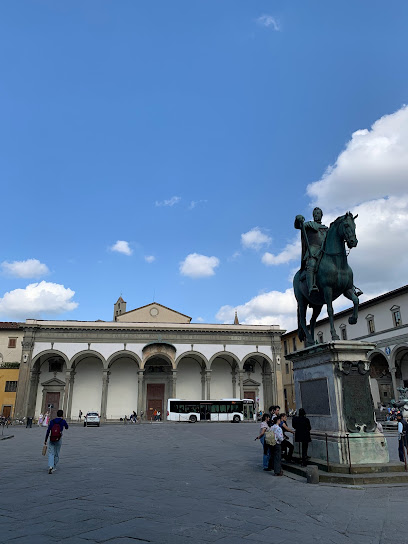
Essential places to dine
La Giostra
Indulge in authentic Tuscan cuisine at La Giostra in Florence - where every meal tells a story of tradition and flavor.
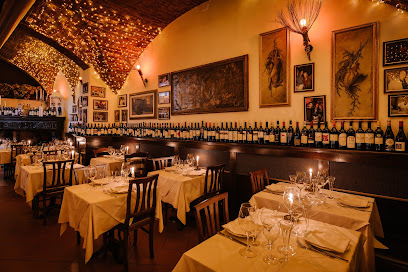
Osteria del Proconsolo
Experience authentic Tuscan flavors at Osteria del Proconsolo in Florence—where every meal tells a story.
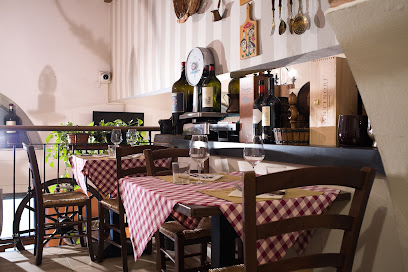
Ristorante Accademia
Experience authentic Tuscan flavors at Ristorante Accademia in Florence - where tradition meets culinary excellence.
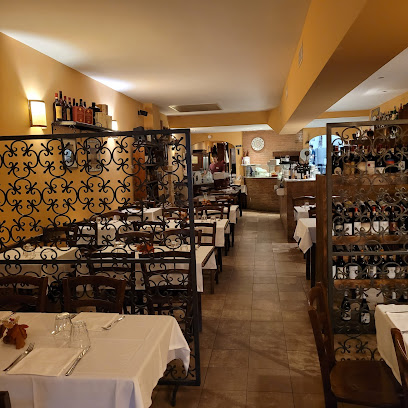
Da i 5 Amici
Discover authentic Tuscan cuisine at Da i 5 Amici in Florence - where tradition meets flavor in every dish.
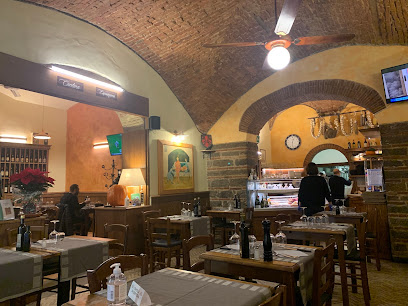
Ristorante Godi Fiorenza
Experience authentic Tuscan cuisine at Ristorante Godi Fiorenza in Florence – where every dish tells a story.

La Boutique del Sud Firenze San Marco
Discover authentic Sicilian flavors at La Boutique del Sud Firenze San Marco – your go-to spot for pizza and small plates in Florence.
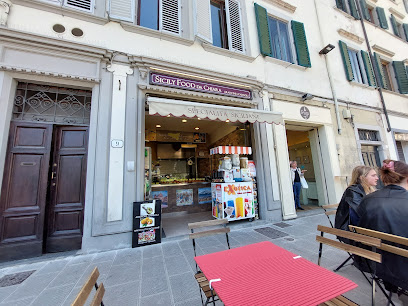
iO - Osteria Personale
Discover the authentic flavors of Italy at iO - Osteria Personale in Florence, where traditional recipes meet modern culinary artistry.
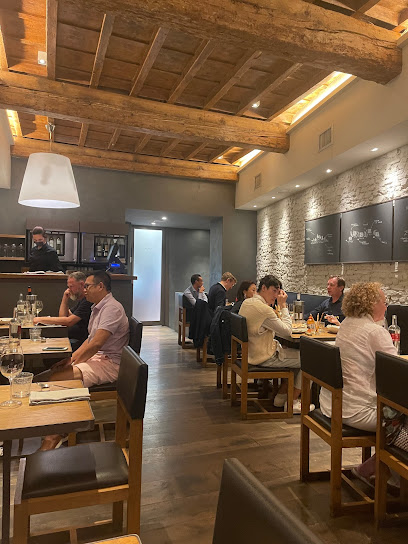
Ora d'Aria
Discover exquisite Tuscan flavors at Ora d'Aria in Florence – where tradition meets innovation in every dish.
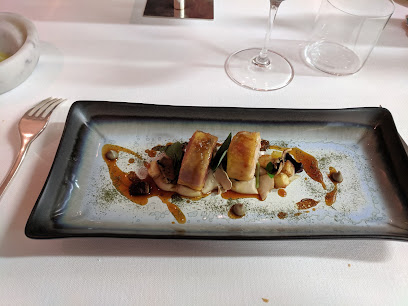
Martarè
Experience authentic Tuscan flavors at Martarè in Florence - where traditional recipes meet fresh local ingredients.
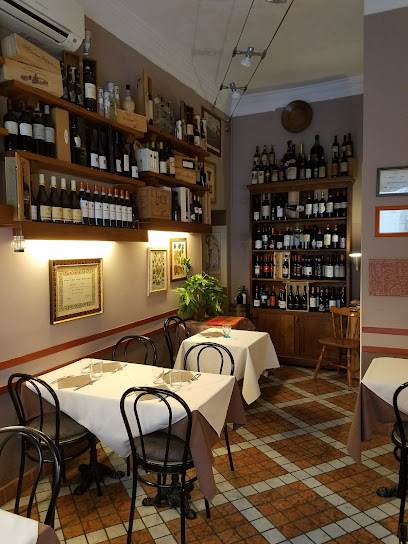
Ristorante Retro '
Experience authentic Italian cuisine at Ristorante Retro in Florence – where tradition meets taste in every dish.
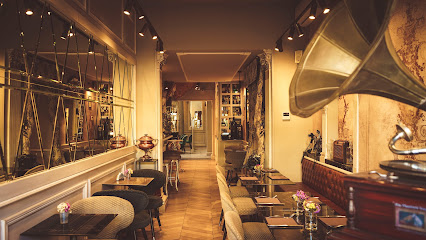
Markets, malls and hidden boutiques
Rinascente Firenze
Discover luxury shopping at Rinascente Firenze in Piazza della Repubblica, where fashion meets culinary delights in Florence's vibrant heart.
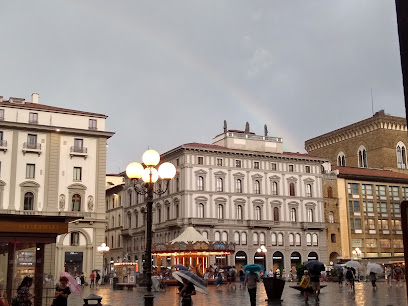
Boutique Nadine
Discover Boutique Nadine, a charming women's clothing store in Florence offering stylish apparel and unique accessories that capture Italian fashion.
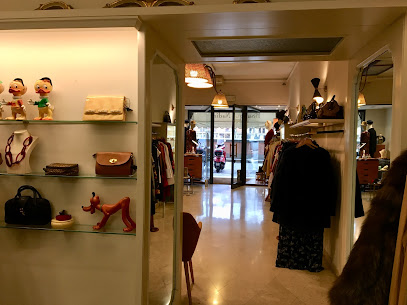
Marco Leather Factory
Discover exquisite leather craftsmanship at Marco Leather Factory in Florence—your gateway to authentic Italian fashion and unique souvenirs.
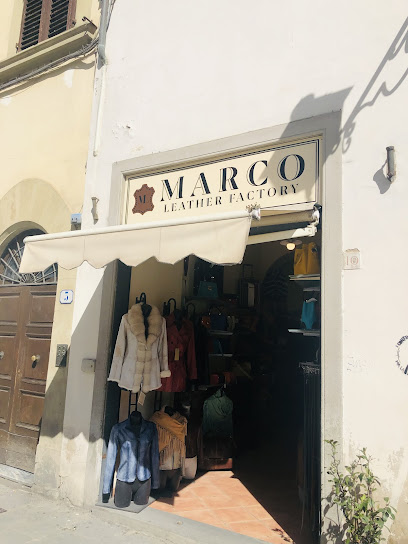
Florence Factory - Craftsmanship Curating
Explore Florence Factory for an authentic experience of local craftsmanship, where every handmade creation tells a story of Florentine artistry.
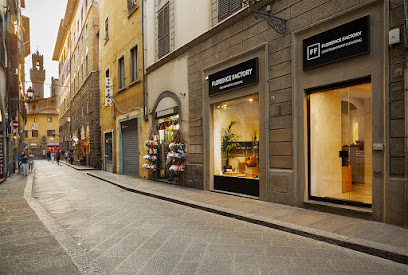
Michelangelo Souvenirs
Explore unique handmade treasures at Michelangelo Souvenirs, the perfect spot for authentic Italian crafts in Florence.
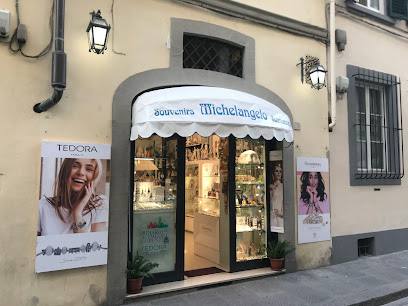
Marcus
Explore Marcus, a charming store in Florence offering authentic Italian goods and exceptional service, perfect for every tourist's shopping adventure.
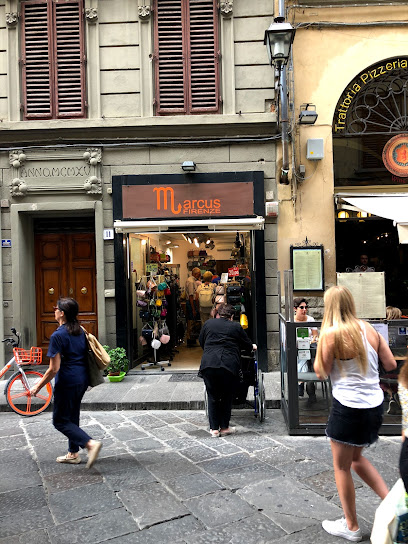
LOEWE La Rinascente Florence – Women’s Accesories
Explore the epitome of luxury fashion at LOEWE La Rinascente Florence, where exquisite leather goods meet timeless elegance amidst the city's rich culture.
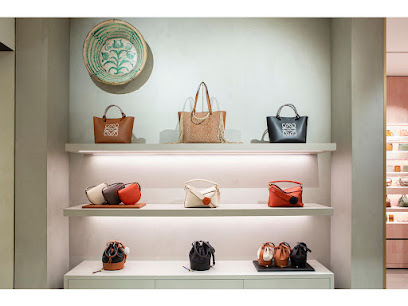
NUFIRENZE Made in Italy - Art, Music, Culture and Fashion - Handmade Jewellery, Clothing One Size
Explore the essence of Italian craftsmanship at NUFIRENZE in Florence, featuring exquisite handmade jewelry and unique fashion pieces.
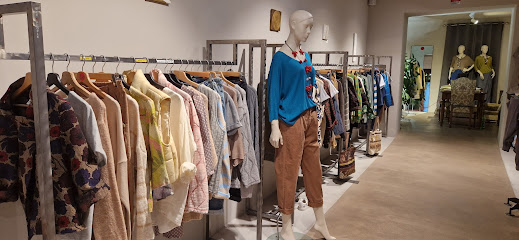
Cavalieri
Discover exquisite Florentine souvenirs at Cavalieri, where craftsmanship meets tradition in the heart of Florence.
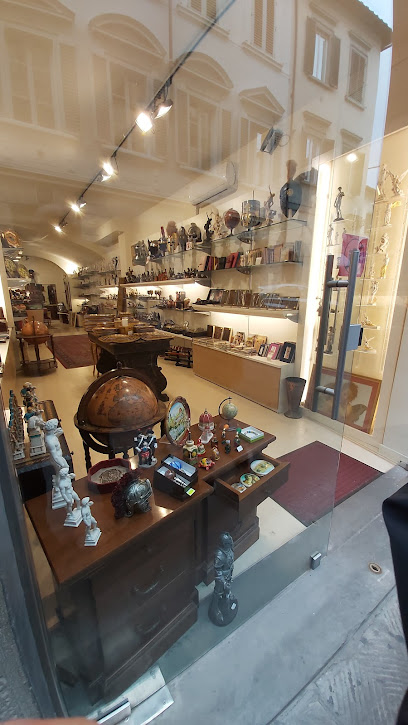
Florence gift shop
Explore Florence's unique gift shop, where handcrafted treasures and local artistry come together to create unforgettable souvenirs from Tuscany.
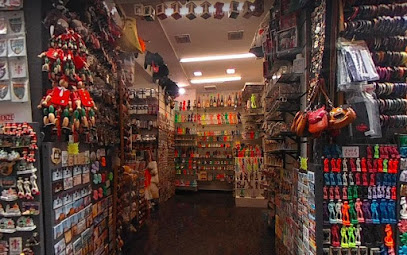
Essential bars & hidden hideouts
View on Art Rooftop Cocktail Bar
Experience Florence like never before at View on Art Rooftop Cocktail Bar, where stunning views meet exquisite cocktails in a vibrant atmosphere.
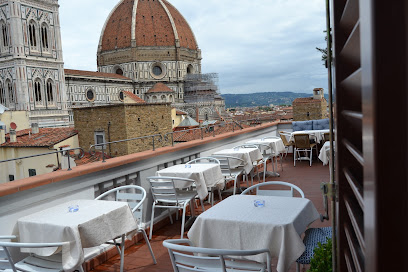
JJ Cathedral
Discover the lively JJ Cathedral, an Irish pub in Florence blending local culture with classic favorites for an unforgettable experience.

Nab Firenze
Discover Nab Firenze, a vibrant gastropub in Florence, where traditional Italian cuisine meets modern flair in a cozy atmosphere.
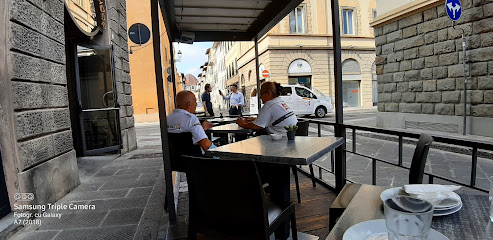
Atlantic Pub
Experience the lively atmosphere of Atlantic Pub in Florence, where great drinks and vibrant nightlife come together in the heart of Tuscany.
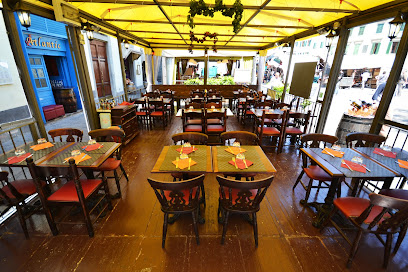
FUK - Cocktail bar, music & more
Experience the vibrant nightlife of Florence at FUK, where exquisite cocktails meet unforgettable live music in a stylish setting.
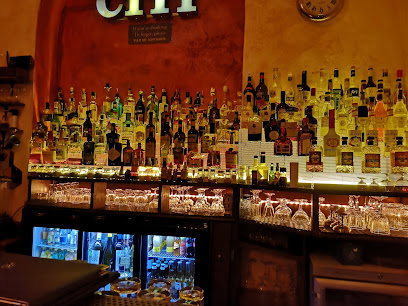
Twist Bistrot
Experience the vibrant nightlife and exquisite drinks at Twist Bistrot, Florence's premier bar and pub destination.
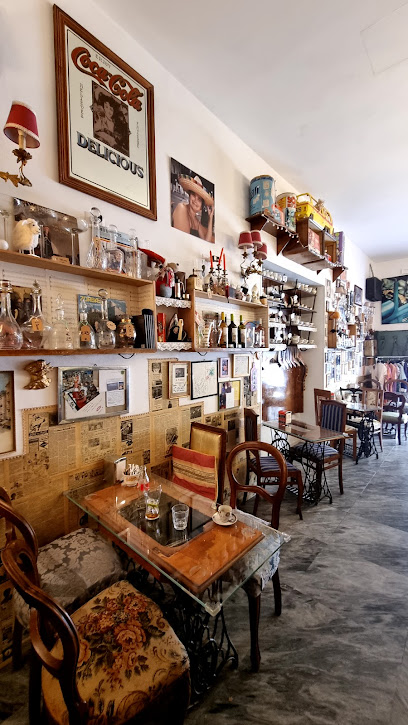
PanicAle
Discover PanicAle in Florence: A cocktail bar offering a unique blend of innovative drinks and a vibrant atmosphere for an exceptional nightlife experience.
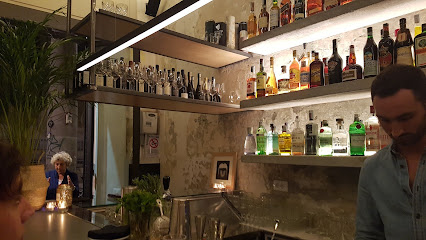
Casa Del Vino Firenze
Experience the essence of Tuscany at Casa Del Vino Firenze, where fine wines and delicious tapas meet in a cozy, inviting atmosphere.
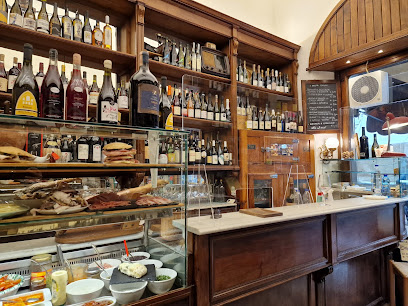
Antiche Dogane
Explore the rich flavors of Italian wines in the heart of Florence at Antiche Dogane, a charming wine bar and club.

Green Street Bar
Discover the vibrant nightlife of Florence at Green Street Bar, your go-to spot for cocktails, wine, and a cozy atmosphere.
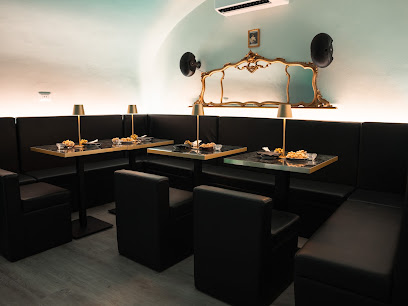
Local Phrases
-
- HelloCiao
[chow] - GoodbyeArrivederci
[ah-ree-veh-dehr-chee] - YesSì
[see] - NoNo
[noh] - Please/You're welcomePer favore/Prego
[pehr fah-vo-reh/preh-goh] - Thank youGrazie
[grah-tsyeh] - Excuse me/SorryScusami/Scusa
[skoo-sah-mee/skoo-sah] - How are you?Come stai?
[koh-meh stai] - Fine. And you?Bene. E tu?
[beh-neh. eh too] - Do you speak English?Parli inglese?
[pahr-lee een-gleh-zeh] - I don't understandNon capisco
[nohn kah-pee-skoh]
- HelloCiao
-
- I'd like to see the menu, pleaseVorrei vedere il menù, per favore
[vohr-reh veh-deh-reh eel meh-noo, pehr fah-vo-reh] - I don't eat meatNon mangio carne
[nohn mahn-joh kahr-neh] - Cheers!Salute!
[sah-loo-teh] - I would like to pay, pleaseVorrei pagare, per favore
[vohr-reh pah-gah-reh, pehr fah-vo-reh]
- I'd like to see the menu, pleaseVorrei vedere il menù, per favore
-
- Help!Aiuto!
[ah-yoo-toh] - Go away!Vai via!
[vah-ee vee-ah] - Call the Police!Chiama la Polizia!
[kyah-mah lah poh-lee-tsya] - Call a doctor!Chiama un dottore!
[kyah-mah oon doh-ttoh-reh] - I'm lostMi sono perso/a
[mee soh-noh pehr-soh/ah] - I'm illSono malato/a
[soh-noh mah-lah-toh/ah]
- Help!Aiuto!
-
- I'd like to buy...Vorrei comprare...
[vohr-reh kohm-prah-reh] - I'm just lookingSto solo guardando
[stoh soh-loh gwar-dahn-doh] - How much is it?Quanto costa?
[kwahn-toh koh-stah] - That's too expensiveÈ troppo caro
[eh troh-poh kah-roh] - Can you lower the price?Puoi abbassare il prezzo?
[pwah-ee ahb-bahs-sah-reh eel preh-tsoh]
- I'd like to buy...Vorrei comprare...
-
- What time is it?Che ora è?
[keh oh-rah eh] - It's one o'clockÈ l'una
[eh loo-nah] - Half past (10)Sono le dieci e mezza
[soh-noh leh dyeh-chee eh meh-tsah] - MorningMattina
[mah-ttee-nah] - AfternoonPomeriggio
[poh-meh-ree-joh] - EveningSera
[seh-rah] - YesterdayIeri
[yeh-ree] - TodayOggi
[oh-jee] - TomorrowDomani
[doh-mah-nee] - 1Uno
[oo-noh] - 2Due
[dweh] - 3Tre
[treh] - 4Quattro
[kwah-ttroh] - 5Cinque
[cheen-kweh] - 6Sei
[seh-ee] - 7Sette
[seht-teh] - 8Otto
[oht-toh] - 9Nove
[noh-veh] - 10Dieci
[dyeh-chee]
- What time is it?Che ora è?
-
- Where's a/the...?Dov'è un/il...?
[doh-veh oon/eel] - What's the address?Qual è l'indirizzo?
[kwahl eh leen-dee-reet-zoh] - Can you show me (on the map)?Puoi mostrarmi (sulla mappa)?
[pwah-ee moh-strah-mee (sool-lah mahp-pah)] - When's the next (bus)?Quando passa il prossimo (autobus)?
[kwahn-doh pahs-sah eel prohs-see-moh (ow-toh-boos)] - A ticket (to ....)Un biglietto (per ....)
[oon bee-lyet-toh (pehr)]
- Where's a/the...?Dov'è un/il...?
History of San Marco
-
San Marco's history began in the 13th century when the area was largely agricultural. The establishment of the San Marco Monastery in 1436, commissioned by Cosimo de' Medici, marked a significant turning point. Designed by the renowned architect Michelozzo, this monastery became a center of intellectual and cultural life in Florence, attracting scholars and artists.
-
The Dominicans played a crucial role in San Marco's development. The monastery was home to the famous painter Fra Angelico, who created many of his notable works in the monastery's cells. San Marco became a hub of artistic and religious life, with its influence extending across Florence and beyond.
-
Under the Medici family, particularly during the Renaissance, San Marco thrived as a cultural and intellectual center. The Medici's patronage fostered an environment where artists, philosophers, and scientists could flourish. The Medici's influence is still evident today, with many buildings and artworks from this period found throughout the neighborhood.
-
In the 19th century, San Marco underwent significant urban changes. The area was modernized, and many of the original monastic structures were repurposed. The opening of the Accademia di Belle Arti di Firenze in 1784 further solidified San Marco's reputation as a center for art education, drawing students from across Europe.
-
In the late 20th and early 21st centuries, San Marco has evolved into a vibrant cultural neighborhood. The area is now home to numerous galleries, museums, and cultural institutions, including the Museo di San Marco, which houses the works of Fra Angelico and showcases the rich artistic heritage of Florence.
San Marco Essentials
-
San Marco is centrally located in Florence, making it easily accessible from other neighborhoods. From Santa Maria Novella train station, you can walk to San Marco in about 15-20 minutes. Alternatively, you can take bus lines 1, 6, or 11, which connect to various parts of the city. Taxis are also available and can drop you off near the main attractions.
-
San Marco is a compact neighborhood, perfect for exploring on foot. Most attractions, including the Basilica of San Marco and the Accademia Gallery, are within walking distance. Public transport options include local buses, which can take you to other parts of Florence. Bicycles can be rented from various shops, and bike lanes are available along some streets.
-
San Marco is generally safe for tourists. However, it is wise to remain vigilant, especially in crowded areas such as markets and near popular attractions. Pickpocketing can occur, particularly around the Accademia Gallery. Avoid poorly lit streets at night and stay away from the less frequented alleys after dark.
-
In case of emergency, dial 112 for police, 118 for medical emergencies, and 115 for fire services. The nearest hospital is the Ospedale di Santa Maria Nuova, located a short distance from San Marco. It is advisable to have travel insurance that covers health emergencies. Pharmacies are widely available for minor health issues.
-
Fashion: Do dress modestly when visiting churches; avoid shorts and sleeveless tops. Religion: Do be respectful in religious sites; cover your shoulders and knees. Public Transport: Do validate your ticket before boarding and offer your seat to the elderly. Don’t eat or drink on public transport. Greetings: Do greet locals with a friendly 'Buongiorno' (Good morning). Eating & Drinking: Do try the local cuisine at trattorias; don’t expect to find American-style fast food. Tipping is appreciated but not mandatory.
-
To experience San Marco like a local, visit the Mercato di Sant'Ambrogio, a vibrant market where you can sample fresh produce and local delicacies. Take time to relax in the nearby Giardino della Villa Medici, a beautiful garden offering stunning views of the city. Attend a local cooking class or a wine tasting to immerse yourself in Tuscan culture.
Trending Landmarks in San Marco
Nearby Cities to San Marco
-
Things To Do in San Gimignano
-
Things To Do in Siena
-
Things To Do in Lucca
-
Things To Do in Arezzo
-
Things To Do in Pisa
-
Things To Do in Bologna
-
Things To Do in Montepulciano
-
Things To Do in Chiesanuova
-
Things To Do in Acquaviva
-
Things To Do in San Marino
-
Things To Do in Fiorentino
-
Things To Do in Borgo Maggiore
-
Things To Do in Domagnano
-
Things To Do in Montegiardino
-
Things To Do in Serravalle










